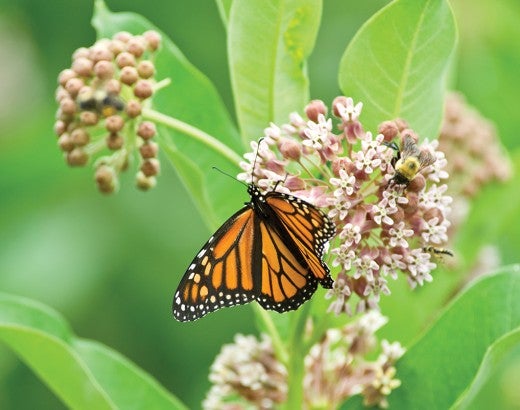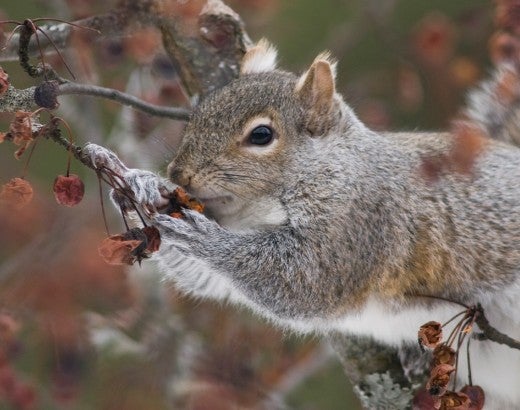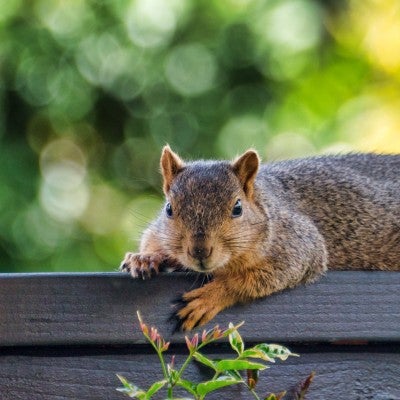A humane backyard gives wildlife a safe place to live free from pesticides, chemicals, free-roaming pets, inhumane practices (such as trapping) and other threats. It’s a natural habitat with plenty of food, water and cover, and it doesn’t have to be a backyard; you can turn community parks, corporate properties, places of worship and even apartment balconies into havens for wildlife, people and pets.
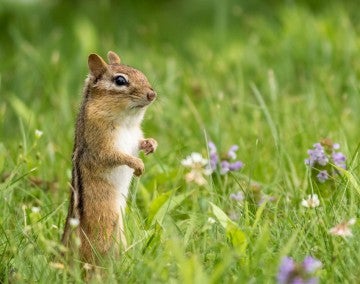
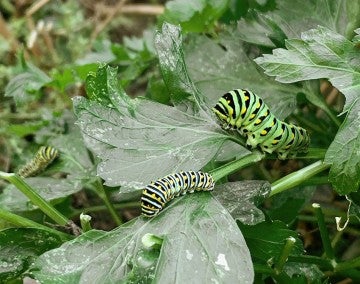
People across the country (and around the world) are opting to replace conventional turf grass with plants that support wildlife. They’re setting out bird baths and feeders, and saying “no” to pesticides. They’re welcoming rabbits, birds, squirrels, bees, butterflies and so many more species onto their land. They know that a backyard habitat doesn’t just benefit the animals; it’s also healthier for the environment, supporting a robust ecosystem free of toxins and saving water by not maintaining a perfectly manicured lawn. And it benefits people too, by connecting us with our wild neighbors and reminding us that the decisions we make every day can have powerful consequences on the world around us.
No matter how big or small your outdoor space, you can create a haven for local wildlife. By providing basic needs like water, food and shelter, you can make a difference in your own backyard.
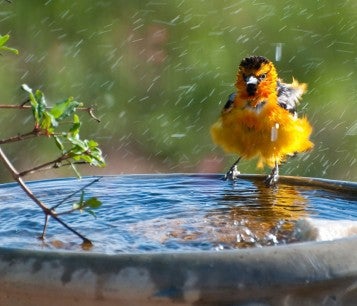
Cultivating a humane backyard can be as simple as reducing your turf grass lawn, instead letting a variety of native plants flourish—and enjoying all the fauna who use them for food, nesting materials and shelter. Simple adjustments to yard maintenance can help create a welcoming environment. Let fallen leaves remain beneath shrubs, trees and perennials to create winter refuge for amphibians and insects and then return nutrients to the soil. Resist the urge to prune plants to the ground: Hollow stalks and stems harbor chrysalises and bee larvae, ensuring you’ll have plenty of insect visitors in the spring. Here are more tips for getting started.
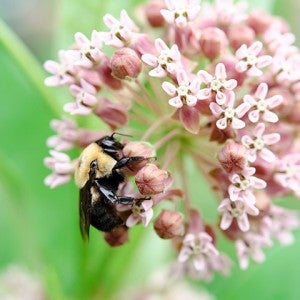
Are pollinated by animals (mostly bees).

Is used outdoors, mostly for lawns.
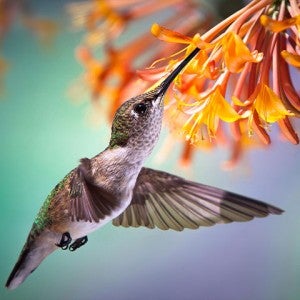
Rely on insects to feed their young.

